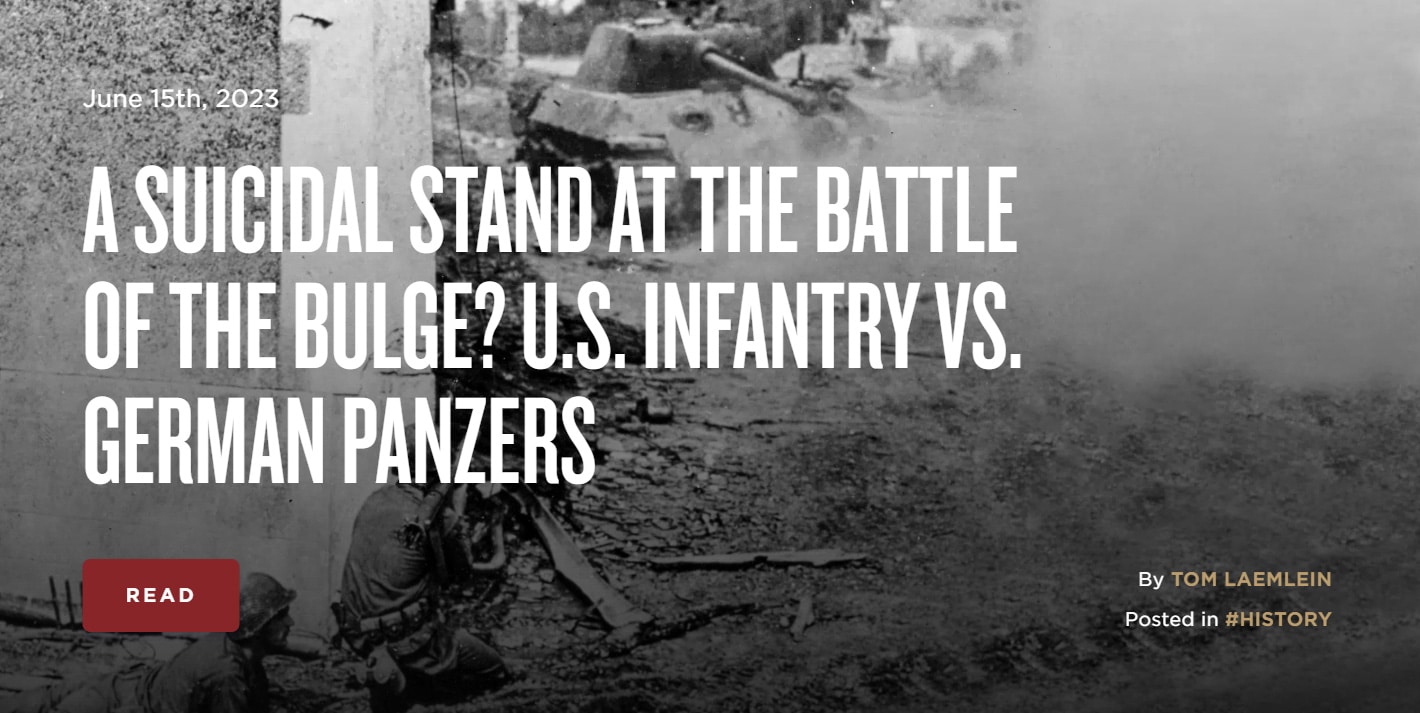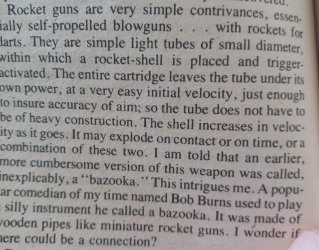My father was captured on the second day of the Bulge December 16 circa 5:30 am. His unit, the 28th infantry, was stationed along a 28 mile front on the Our River across from the Germans. The Bulge actually began on the Morning of December 15, 1944. Prior to that in November 1944 American troops were engaged in the Battle for the Hurtgen Forest, where American Troops were decimated. the 28th infantry suffered 80% casualties, either killed or wounded, which was why their positions along the Our were so sparsely manned.These brave troops repulsed the initial assault on the 15th. The Germans brought in their tanks, along with infantry, on the second day December 16.



